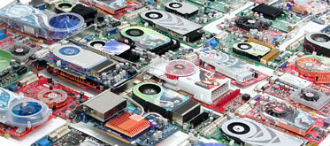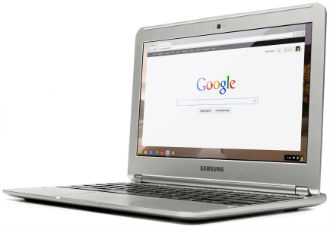 Ever since Intel got a shiny new CEO, we’ve been hearing talk of an aggressive mobile push, of a more dynamic Intel that will eventually steer clear of trouble and trample the ARM gang with Brian Krzanich at the helm.
Ever since Intel got a shiny new CEO, we’ve been hearing talk of an aggressive mobile push, of a more dynamic Intel that will eventually steer clear of trouble and trample the ARM gang with Brian Krzanich at the helm.
This of course will take time, if it is possible to begin with, so Intel’s first order of the day was to talk about mobile rather than do anything about it, and talk it did.
Intel spent much of the last quarter talking about 2-in-1 hybrids, touch enabled Ultrabooks and now it’s outlining its smartphone strategy, complete with LTE. So far it’s been all talk and almost no action.
Earlier this week Intel shed more light on its first LTE chipset, the XMM 7160, which is supposed to launch by the end of the month. It is a multimode chip and currently Intel offers only a single-mode LTE solution, which is obsolete.
Worse, even the XMM 7160 is a discrete solution, it’s not an integrated option like Qualcomm’s LTE. Intel wants the world to think that it’s serious about LTE, but in reality discrete LTE chips are a thing of the past. It’s all about integration now. Intel’s next generation XMM 7260 LTE chipset is set to appear next year, with LTE Advanced support. Intel’s first integrated LTE solution might appear in the first half of 2014. This is very slow indeed and as a result Intel is highly unlikely to score any big phone design wins next year. It can go after second-tier devices, but they’ll probably be scooped up by MediaTek, Qualcomm and other ARM players.
To be blunt, Intel simply won’t do much better on the smartphone front next year. It will gain market share, but we are still talking about low, single digits.
It won’t do much better in other segments, either. It appears to be pinning its hopes on hybrids, which seems very risky at this point. Hybrids, or 2-in-1s, are supposed to combine the portability and practicality of tablets with the productive prowess of proper notebooks. The trouble is that they’re just not there yet. Windows RT is on life support, Windows 8.1 will still be big and bloated. As a result Windows 8.x hybrids will cost a lot more to produce than Android and iOS tablets, margins will be tight and vendors won’t be very happy. The OS itself is another problem. An x86 tablet with legacy support for tons of Windows applications sounds very good, if you’re Dr Who and you can travel back in time to 2009. The market has moved on and legacy support just isn’t what it used to be a few years ago – and it’s losing relevance fast.
The failure of Intel’s Ultrabook push and touch-enabled notebooks is another concern. Ultrabooks were too pricey and they didn’t offer much in the way of new features. Simply slapping a touchscreen on top of them did not address the original shortcomings of the concept, so touchbooks are failing as we speak.
On the opposite end of the spectrum, Intel ditched Atom based netbooks in favour of pricier designs. At about the same time it culled CULV to make way for Ultrabooks. Intel wanted more high-margin silicon in the market, but now it’s focusing on Atom once again. The first Atom based hybrids are starting to show up and they are practically what the netbook would have evolved into had Intel not killed it. In the meantime, cheap tablets and Chromebooks ate its lunch, along with cheap ultraportables based on AMD’s low-end APUs.
As for tablets, Intel dropped the ball years ago and now it’s facing a much tougher market, a market it desperately wants to get back into. Intel recently launched a couple of unimpressive education tablets, running Android. Samsung also tapped Intel for the Galaxy Tab 3, which is equally disappointing spec-wise. Intel now says it wants to do more on the Android front, but it is simply too late. Intel’s x86 support is irrelevant in the Android world and most Android tablets are powered by dirt cheap ARM SoCs. High-end Android tablets, which seem like the obvious choice for Intel chips, aren’t selling well – so even if Intel gets back into the game, it doesn’t stand to make much on Android tablets.
It’s only ticket into the Android universe are high-volume devices, like flagship phones. It will not get them anytime soon. Next year’s Android flagships will still be based on ARM chips and unless Intel pulls off a miracle, it won’t get any in 2015, either. Samsung makes its own Exynos chips and doesn’t really need Intel’s Silvermont. Motorola has also cooked up a custom chip based on Qualcomm’s Krait core, which means Google is also pursuing a custom in-house approach. Apple already designs custom ARM cores and this won’t change. And then there’s Qualcomm. And MediaTek, and Nvidia, and LG, and just about everyone else with an ARM licence under their belt.













